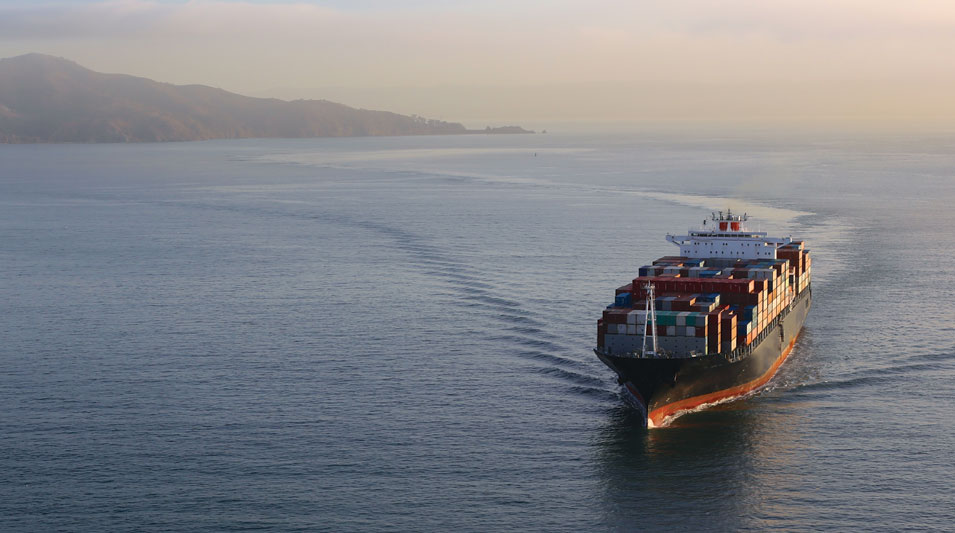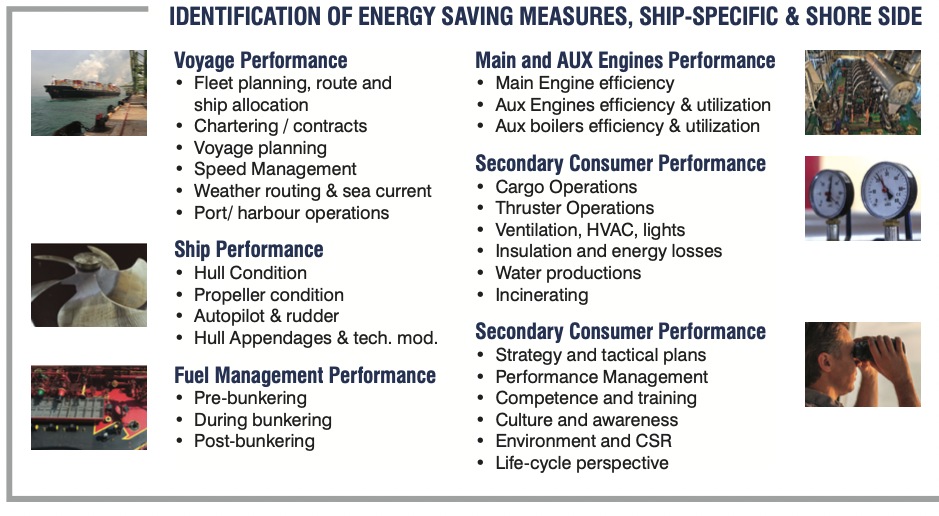
14 Jun Vessel Performance Management
With the upcoming regulatory changes introducing the Energy Efficiency Existing Ship Index (EEXI) and the requirement to demonstrate operational carbon intensity reduction through the Carbon Intensity Indicator, both coming into force in November 2022, and as part of Uniteam Marine’s ongoing environmental, social and governance programme (ESG), we are proud to announce the recruitment of Mr Valeriy Gorobiy as Vessel Performance Manager.
Below Valeriy discusses some aspects of his new role and what he will be doing in the future in order to develop energy efficiencies within the fleet.
Tell us about yourself and your background
I was born and live in Odessa, Ukraine. I have been work- ing with Uniteam Marine since 2000 when I joined as a second engineer and have been a chief engineer for the past 17 years, during which time I also worked as a new building supervisor for Uniteam Marine in China. Having been in the Uniteam Marine family for so long at sea, I am now looking forward to working with my colleagues ashore and supporting our crew onboard to meet the ever-increasing expectations from regulators, as well as to satisfy our clients.
What is the EEXI and how will vessels comply with this?
EEXI is a technical framework to improve the energy efficiency of an applicable vessel’s design. Essentially, EEXI extends the Phase 2 targets under the Energy Efficiency Design Index (EEDI), which only applies to newly built vessels and to all existing ships above 400 GT.
A vessel falling under the EEXI regime will be ascribed an Attained EEXI (calculated by reference to technical guide- lines which are yet to be finalised by IMO), which indicates the vessel’s estimated energy efficiency compared to a baseline. The information and specific formulas required to calculate the Attained EEXI will be contained in the vessel’s EEXI Technical File.
The vessel’s Attained EEXI will then be compared to a Required EEXI, based on an applicable reduction factor expressed as a percentage relative to the EEDI baseline depending on the vessel’s type and size. To the extent that the Attained EEXI is less efficient than the Required EEXI, the vessel will be required to take measures to meet the Required EEXI.
Given that the EEXI is concerned with energy efficiency arising from ship design, improvements to an individual vessel’s Attained EEXI can be achieved via technical modifications, such as engine/shaft power limitation, bow or propeller improvements, use of alternative fuels and/or installation of energy efficiency technology (for example rotor sails).
The Regulations do not, however, prescribe which improvement method should be deployed.
A vessel’s EEXI Technical File will need to be approved by the vessel’s flag state or class at the first annual/inter- mediate/renewal IAPP survey taking place after 1 January 2023. Compliance with the EEXI regime will be reflected in the vessel’s IEEC certificate (the format of which is also to be amended).
What is the CII and how will vessels comply with this?
The CII framework regulates the operational carbon intensity of a vessel (i.e. the carbon emissions per unit of “transport work” or the operating mileage in a given year). The regime will apply to all vessels above 5,000 GT.
Each individual vessel covered by the CII regime will be given an annual carbon intensity rating (CII Rating) indicating their performance over the previous year. There are five CII Rating categories representing different performance levels – namely: A (major superior); B (minor superior); C (moderate); D (minor inferior); and E (inferior). The thresh- olds between the CII Rating categories will become increasingly stringent towards 2030.
A vessel’s CII Rating for a given year will be generated by monitoring/documenting the actual operational carbon intensity achieved by the vessel (Attained Annual Operational CII), and then comparing this against the required operational carbon intensity that the vessel must achieve under the framework (Required Annual Operational CII). The Attained Annual Operational CII of any given vessel should improve annually.

Vessels under the CII framework are also required to have an enhanced Ship Energy Efficiency Management Plan (SEEMP). The SEEMP, which the Regulations suggest is likely to form part of a vessel’s Safety Management System (SMS), should include:
- the methodology used to monitor and calculate the relevant vessel’s Attained Annual Operational CII;
- an annual Required Annual Operational CII for the next three years;
- an implementation plan describing how the Required Annual Operational CII target will be achieved over the next three years (to achieve a continuous improvement); and
- a procedure for self-evaluation and improvement.
The minimum CII Rating required for compliance is C (moderate), and flag states, port authorities and other stakeholders have received encouragement from IMO to provide incentives to those vessels achieving a CII Rating of A or B.
A vessel rated D for three consecutive years, or rated E at any point, must develop a plan of corrective actions to achieve the Required Annual Operational CII for its age, type and size. The plan must be set out in the SEEMP within one month after reporting the vessel’s Attained An- nual Operational CII, and will be verified by the flag state.
The formal metric to calculate a vessel’s Attained Annual Operational CII is yet to be confirmed, with technical guide- lines awaited from IMO. The two options are:
- the Energy Efficiency Operational Indicator (EEOI), a metric previously developed by IMO, which works by dividing a vessel’s annual carbon emissions by its an- nual cargo tonne miles; or
- the Annual Efficiency Ratio (AER), which works by dividing a vessel’s annual carbon emissions by its annual DWT miles.
At present, AER data is being collected and is readily available by virtue of IMO’s Data Collection System (DCS). Whilst EEOI data would require further monitoring and re- porting, it should be noted that such data is being used by signatories to the Sea Cargo Charter, which is a framework available to all bulk charterers in order to attempt to set standards for reporting emissions.
Irrespective of which CII metric (AER or EEOI) applies, broadly speaking, the vessel’s Attained Annual Operational CII can be improved by:
- operating at a reduced speed and/or slow steaming;
- diverting from the shortest or quickest route on a voyage / increasing distance sailed (including ballast voyages
for AER); - reducing cargo volume intake (for AER); and/or
- installing energy efficient technology.
How will you be ensuring compliance?
My main task is to collate and analyse vessel performance reports with the objective of highlighting and supporting the technical managers, charterers and owners in addressing areas for improvement, particularly with the need for continuous improvements required with the CII. We will be generating reports and lessons learnt so that these can be shared. This will allow us to highlight performance trends within the full managed fleet and to our clients. Based on our findings we will drive innovations and initiate projects within the organisation towards improving the vessels’ Energy Efficiency Index.
What will be your first steps?
There is huge potential for all crew members to save energy onboard. Everyone can make a contribution, whether that be from shutting down equipment at the appropriate times or by trimming a vessel to ensure she has the most dynamic flow through the water. This is why it is important each crew member receives the required information and is able to understand a specific vessel’s operations and interactions with equipment onboard. A key component of the vessel familiarisation process is regular (twice a year or in case of trade change) discussion on energy conservation and consumption. As part of the initial vessel familiarisation, each person should understand the specific vessel operations and how the crew’s interactions with that specific piece of equipment has the potential to waste or save energy. Very simple good habits have the potential to save a lot of electricity.
Valeriy Gorobiy, Vessel Performance Manager
